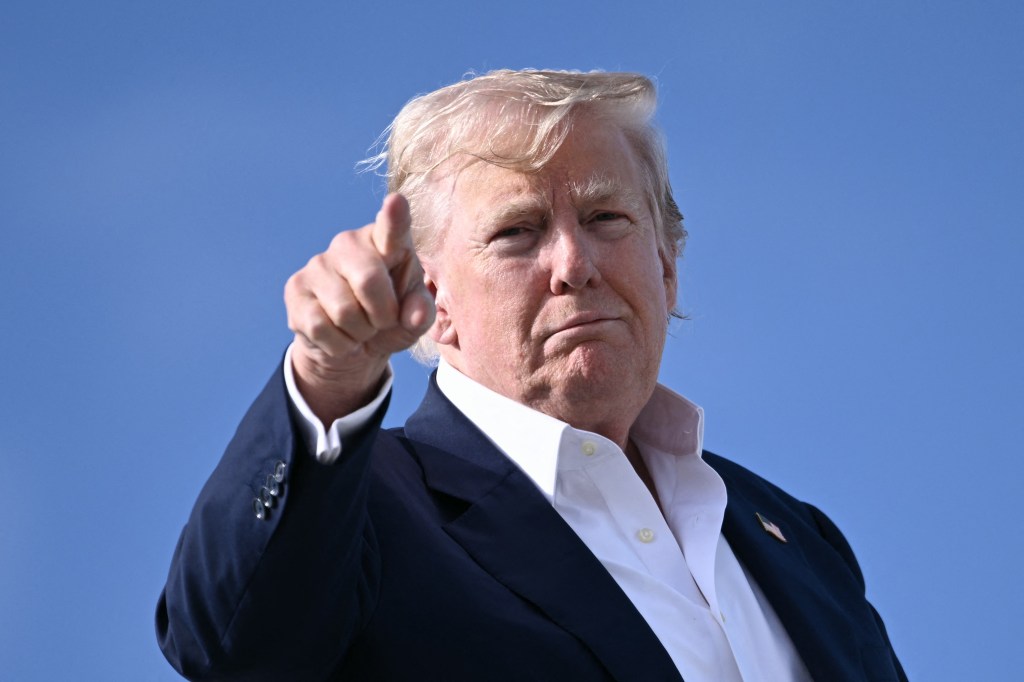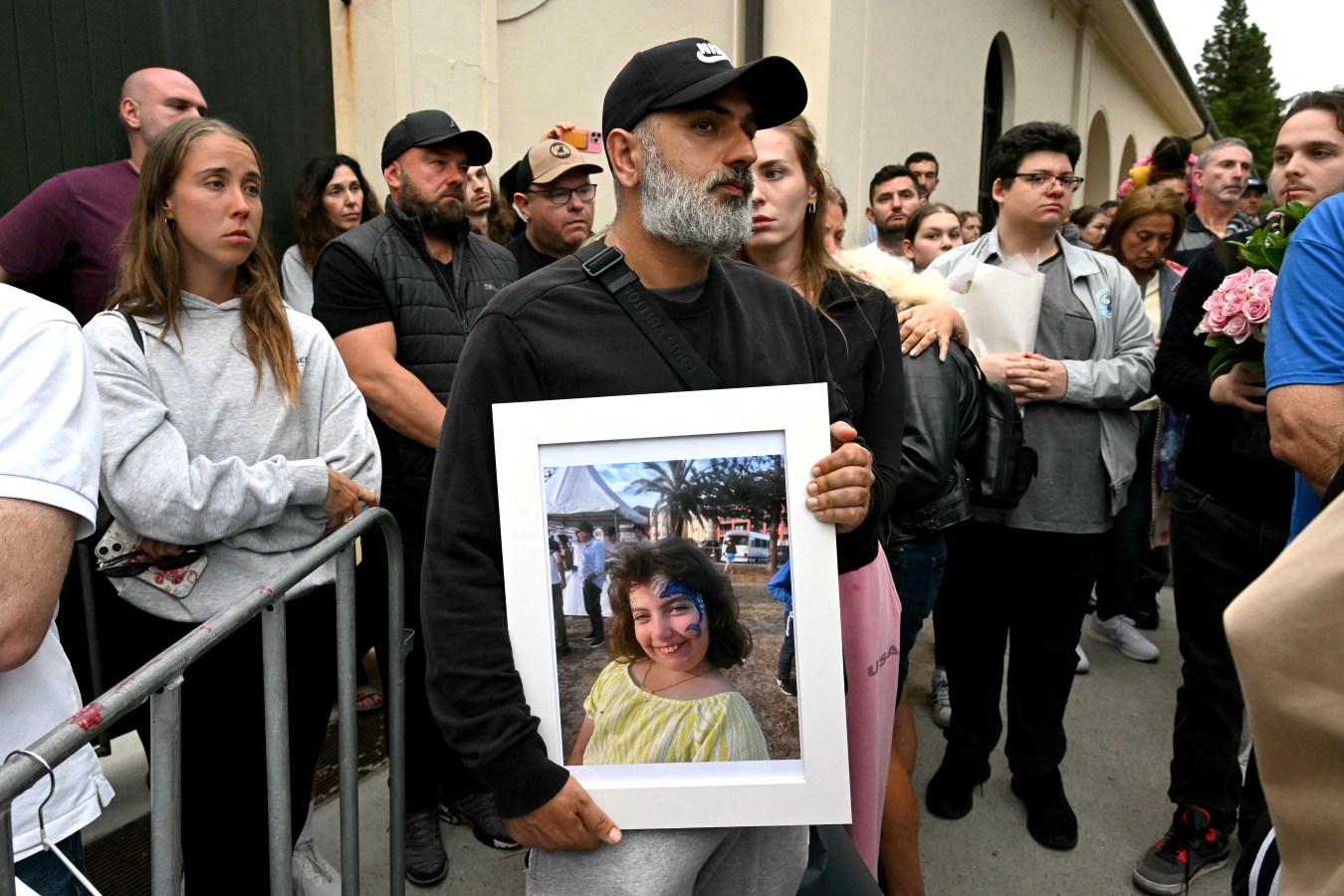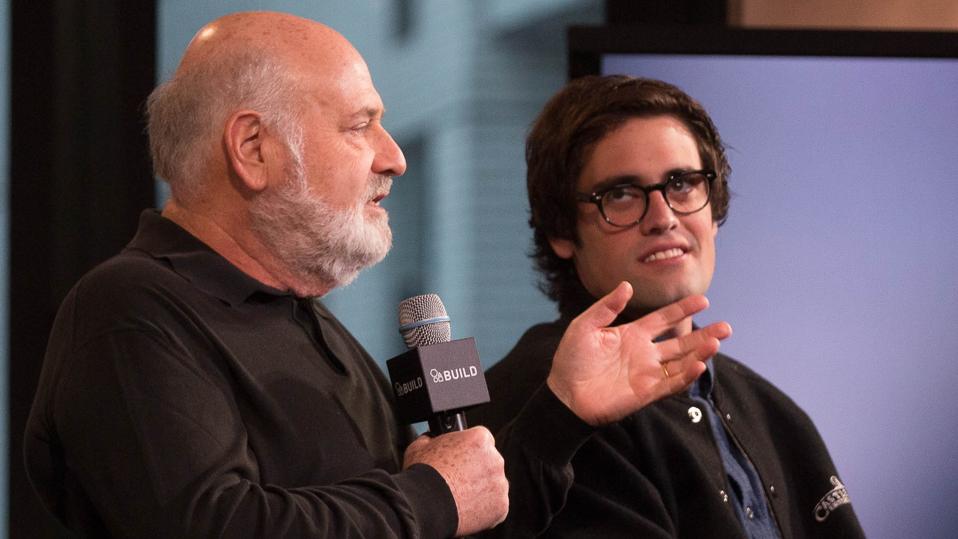The U.S. is set to impose new tariff rates on trading partners Friday when the deadline President Donald Trump set for countries to negotiate rates with the U.S. expires—with only nine countries announcing agreements with the Trump administration, far short of its goal of 90 deals in 90 days.

Key Takeaways
- Trump initially announced a slate of steep tariffs on April 2, what he called “Liberation Day,” only to pause the levies through July 9, and then again through Aug. 1.
- Trump is expected to sign executive orders Thursday to set new tariff rates for some countries that have not reached new agreements with the U.S., Politico reported, citing an unnamed White House official.
- Ahead of Friday’s deadline, Trump announced a pause on new tariffs against Mexico for another 90 days, writing on Truth Social that the country will continue to pay its current rates of 25% for all products not subject to the U.S.-Mexico-Canada Agreement, 25% for cars and 50% on steel, aluminum and copper until a new deal is announced, likely within the next 90 days.
What To Watch For
A federal appeals court could block the tariffs from taking effect Friday. Some of the judges on the 11-member Washington, D.C.-based panel cast doubt on Trump’s ability to use the International Emergency Economic Powers Act to impose the levies during a hearing Thursday. A New York international trade court ruled in May Trump had exceeded his authority under the IEEPA, but the levies were allowed to continue while the Trump administration continued its appeal.
Which Countries Have Negotiated New Tariff Rates With The U.s. Since Trump’s ‘liberation Day’ Announcement?
U.K.: 10% on most goods, including up to 100,000 imported cars, down from Trump’s 25% threat
Vietnam: 20%, down from 46%
Indonesia: 19%, down from 32%
Philippines: 19%, down from 20%
Japan: 15%, down from 25%
European Union: 15%, down from 30%
India: 25%, down from 26%
South Korea: 15%, down from 25%
Brazil: 50%, with exceptions on approximately 40% of products, up from 10%
Thailand, Cambodia and Pakistan: All three countries have said this week that they reached new trade deals with the U.S., but the rates have not been publicly disclosed.
What Will Happen To Tariffs In Countries Without Deals In Place?
White House Press Secretary Karoline Leavitt said Thursday “they will be hearing from this administration by the midnight deadline tonight.” Some countries also received letters from Trump warning them of the new tariffs they’d face Friday, including Mexico and Canada. Trump threatened a 30% rate for Mexico and 35% for Canada in letters earlier this month. Other countries would see tariffs reverted to the rates Trump announced in April—32% for Taiwan, 31% for Switzerland and 37% for Bangladesh, for example.
What Will Happen To The 10% Minimum Tariff Trump Imposed In April?
The baseline rate for all trading partners has stayed in place amid Trump’s extended pause on the Liberation Day tariffs and it could increase, to as much as 20%, on Friday, Trump has suggested.


